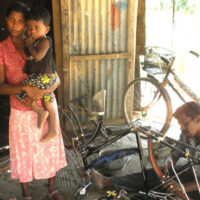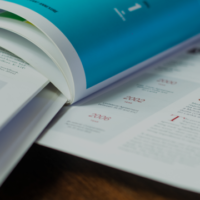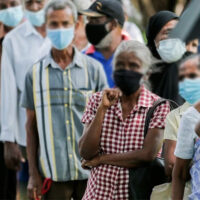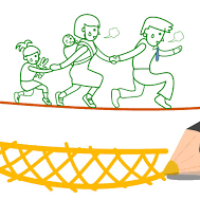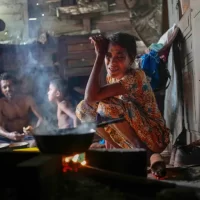Influence of Political-Economic Policies on Income Inequalities in Sri Lanka
Hemesiri Kotagama and Dilshani Ranawaka
“Intellectual and political debate about the distribution of wealth has long been based on an abundance of prejudice and a paucity of fact.” Thomas Pikkety (2014)
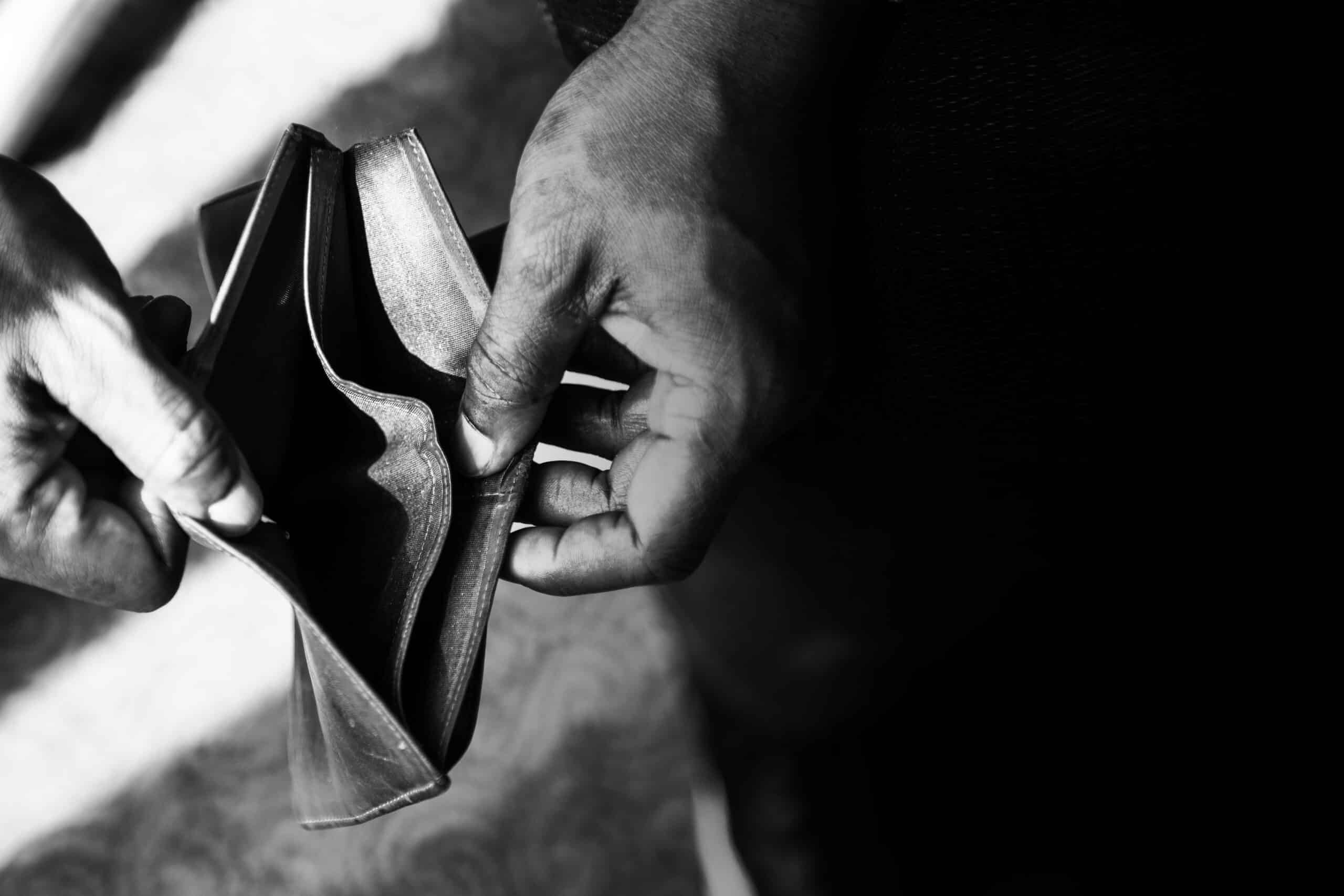
Image Credit: https://www.freepik.com
This article presents an attempt to factually understand (and open for debate) the influence of political-economic changes that occurred temporally, on income inequality in Sri Lanka. A brief review of international explanations on political-economic factors that influence income inequality is provided as a guidance to review Sri Lankan experiences.
International scenario on income distribution
The influence of temporal changes in social-political and economic factors on income inequality, experienced internationally, has been presented by Pikkety (2014). In early history, when quantitative data did not prevail, artistic literature of novels and films etc., provided picturesque details of possession and enjoyment of differential wealth among people, often the ‘haves’ exploiting the ‘have-nots’.
Reverend Malthus in his Essay in 1798, post of French Revolution in 1789, in fear of the same occurring in Great Britain argued for halting assistance to the poor, as reproduction by the many poor, may lead to over-population and to misery and social upheaval. Ricardo, in his treatise, Principles of Political Economy and Taxation in 1817, which examined an agricultural economy, was concerned that with increasing population, land prices and land rents would spiral-up and the landlords will gain a substantial income over others upsetting the social equilibrium. With the advent of industrial economy, the concern turned over to wide disparities on income inequalities between capital owners and the proletariat/ labor. In this context, Marx in 1867 in his treatise titled Capital, theorized that private capital accumulation would inevitably lead to the concentration of wealth in fewer hands of capital owners and thus leading the proletariat to abject misery, and as consequence leading to social upheaval of proletariat against capital owners. Such theorized predictions were not realized perhaps due to subsequent emergence of balancing forces of technological progress, economic growth that lead to reduced inequality in income distribution. Thus, Simon Kuznets in the twentieth century, with availability of quantitative data proved that, income inequality would automatically decrease in advanced phases of capitalist development (economic growth), regardless of application of economic policy, until eventually income distribution would stabilize at an acceptable level. Kuznet’s deterministic theory on economic growth and inequality thus belittled the role of government policy in managing income inequality.
However, subsequent empirical studies have refuted Kuznet’s theory and proved the important role that government policies could play, in managing income inequality. The latest addition to the knowledge on income inequality has been provided by Thomas Pikkety, through his publication in 2014 on Capital in The Twenty-First Centaury, and it’s predicted that world income inequalities would worsen in future. According to Pikkety (2014):
“When the rate of return on capital exceeds the rate of growth of output and income, … capitalism automatically generates arbitrary and unsustainable inequalities that radically undermine the meritocratic values on which democratic societies are based.”
Thus the current need to be proactively vigilant on trends of income inequality and consider possibilities of mitigating income inequalities getting worsened.
Sri Lankan Scenario on Income Distribution
Colonial Period: As mentioned above, during early history, when quantitative data did not prevail, Sri Lankan artistic literature of novels, films, drama, poetry etc., provided picturesque details of possession and enjoyment of differential wealth among people, often the ‘haves’ exploiting the ‘have-nots’. Among the very replete and rich Sri Lankan literature, two research based novels worthy of reading, to understand very vividly the society of haves and have-nots in colonial Sri Lanka are: Nobodies to Somebodies by Kumari Jayawardena (2012) and Guns, Taverns and Tea Shops: Making of Modern Ceylon by Dr. S.A. Meegama (2019). Suffice to say the pre-colonial and colonial era had been a society with extreme income inequalities.
Post-Colonial Period: Colonial governments, particularly the British kept meticulous records of all aspects of administration and more so on income, perhaps for tax administration. Quantitative data on income distribution summarized as Gini coefficient is available since 1953 up to 2021 in many data bases and one used here is: https://www.wider.unu.edu/database/world-income-inequality-database-wiid.
Figure 1 portrays the change of income distribution in Sri Lanka, quantified as Gini coefficient (GC) from 1953 to 2021. The GC ranges from 0-1 (could also be expressed as a percentage) and 1 indicates perfect inequality of one person receiving all the income and 0 indicates perfect equality. Thus lower the GC more equal is the income distribution. There isn’t a definite optimal socially agreed income distribution (a Gini-coefficient) to achieve. Less inequality is commonly considered to be better. However, some believe some inequality is inevitable and even necessary for economic growth. The optimal income distribution is socially decided through political institutions and its achievement is influenced through social and economic policy of governments.
The best quantitative predictive trend line (dashed line) and equation representing the trend line are provided, within Figure 1. The predictive strength of the trend line is reasonable with R2 of 0.59. The average GC between 1953 and 1921 is 57.50. For purpose of analysis, in a relative sense, a GC above 57.50 is interpreted as high income inequality and any GC below 57.50 is interpreted as low income inequality. As per trend line; since independence from colonial governance in 1948, the income distribution that was highly unequal (GC more than 60.0) has after independence become more equalized and reached the historically lowest (GC = 50.24) by 1970s, and then have increased to a peak (above the colonial period) by early 2000 and then decreased by 2015, and finally shows a slightly increasing trend. The economic crisis that occurred in 2021-2022 predictably would worsen income distribution drastically.

Figure 1. Gini coefficients of Sri Lanka over time
Source of data: https://www.wider.unu.edu/database/world-income-inequality-database-wiid
Table 1 (placed at end of article) summarizes the political-economic changes (column 3) that occurred in Sri Lanka and the concurrent changes in income distribution (column 4). It’s observed per column 3 that the political-economic policy changes could be classified in to 3 broad periods, viz;
- Socialist political-economic era, post-independence 1948 to 1977,
- Capitalist political-economic era, 1977 to 1994,
- Mixed political-economic era, 1994 to present.
These 3 political economic eras could be clearly observed (dotted vertical lines) with the changes in GC, in Figure 1. During the socialist political-economic era (1948-1977) the GC (income inequality) has decreased substantially and during the capitalist political-economic era income inequality has increased at an increasing rate. In the mixed political economic era income inequalities have increased but at a slower rate. The average Gini coefficients realized during each political-economic period is shown in figure 2. It is clearly evident that changes in political-economic policy have had an influence in changing income distribution in Sri Lanka.
Conclusion
Subject to further quantitative analysis, the descriptive analysis done in this article, infers that in Sri Lanka’s income inequality changes have been responsive to political-economic policy changes. The income inequality in Sri Lanka has lessened with socialistic political-economic policies and income inequality has increased with capitalistic political economic policies. With mixed political-economic policies implemented in recent times, income inequalities have remained high and stagnant. The 2021 economic crisis and the already implemented and planned economic reforms, would worsen income inequalities, at least in the medium term; despite the increases of general taxes and planned increases on property and inheritance taxes and also improved social safety-net care for the poor.
A former Governor of the Central Bank of Sri Lanka, Prof WD Lakshman in his book titled “Income distribution and Poverty” published in 2010, has provided an apt conclusion that fits perfectly with the analysis provided in this article, and is quoted below.
“Sri Lankan electorate has given its verdict over and over again in a series of post-independence general elections that economic growth without equity, social justice and poverty alleviation, as well as equity and social justice without economic growth is unacceptable. We have yet not found a way to achieve people’s expression for equitable growth. … Market is capable of stimulating growth but does not assure equity. Thus is the need for social pressure to ask for equity. … Policies for growth must be integrated to those to achieve equity as well”.

Figure 2. Average Gini coefficients during political-economic periods
Table : Changes in political-economy and income inequality in Sri Lanka



View Full table here : Tables
The TIER (The Inequality Report) is a flagship project undertaken by Centre for Poverty Analysis (CEPA), with YUMA Foundation and Janashakthi as partner organizations, that analyzes the state, consequences and reasons of inequality in Sri Lanka and share its findings with the public.
Disclaimer: The views expressed in this article are those of the authors and do not necessarily reflect the views and policies of CEPA
References:
Jayawardena, K. (2015) Nobodies to Somebodies – The Rise of the Colonial Bourgeiosie in Sri Lanka, Social Scientists’ Association and Sanjiva Books.
Lakshman, W.D. (2010) Income Distribution and Poverty, Nawagamage printers, No. 66/4 Dharmarama Road, Ratmalana, Sri Lanka.
Meegama, S.A. (2019) Guns, Taverns and Tea Shops – The making of Modern Ceylon, Visudunu Prakashakayo, Sri Lanka.
Pikkety, T (2014) Capital in The Twenty-First Centuary, Translated by Arthur Goldhammer, The Belknap Press of Harvard University Press, Cambridge, Massachusetts London, England.

